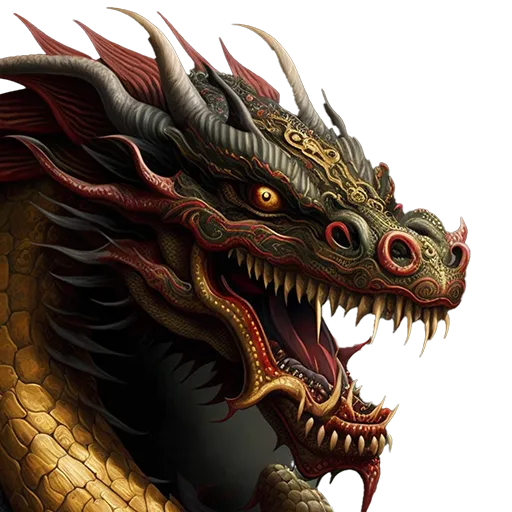Rou Shen Fa: Methods of Softening the Body
Relaxing and becoming loose are words often heard while learning Taiji Quan, Xingyi, Bagua, and Liuhe Bafa. Becoming loose is also required in the Shaolin arts, since being loose promotes efficiency which increases speed, and increased speed equals greater power.
In Taiji Quan in particular, softness, which is not to be confused with being limp, or lifeless, is achieved not only through the practice of the Taiji form and various Qigong exercises, but also through the exercises performed at the beginning of each class.
Considered as a warm-up, these specialized exercises are called Rou Shen Fa (柔身法), or Methods for Softening the Body. They work to loosen the muscles, open the joints, and further soften the body. Grandmaster Tao Bingxiang placed great emphasis on these softening exercises and correlated them with improving one’s skills in Taiji Quan and Tui Shou (Push Hands).
Exercises that soften the shoulders are given special attention. Stiff shoulders are a common deficiency, even among more experienced practitioners. Elevated shoulders disrupt the breathing and raise the Qi.
I focus on these softening exercises at the beginning of each class. At times I extend this session based on the feedback I get from observing my students. A rigid posture is reflective of an unsettled mind. Rou Shen Fa, while loosening the limbs, also promotes serenity of mind. Ultimately, the Methods of Softening the Body have far-reaching effects, which, when incorporated into a daily routine, become a means of health preservation, or what the Chinese call Yang Shen (养生).
